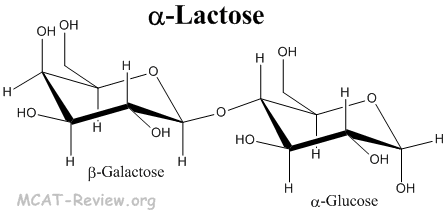

MEX are taken up by intestinal epithelial cells and accumulate in the brain after oral administration to mice. This review provides translational evidence that milk exosomes (MEX) disturb α-syn homeostasis. Exosomes are critical transmitters of α-syn from cell to cell especially under conditions of compromised autophagy. Prion-like vagal nerve-mediated propagation of exosomal α-syn from the gut to the brain and pancreatic islets apparently link both pathologies. In T2D, α-syn promotes co-aggregation with islet amyloid polypeptide in pancreatic β-cells. PD is an α-synucleinopathy associated with mitochondrial dysfunction, oxidative stress, deficient lysosomal clearance of α-synuclein (α-syn) and aggregation of misfolded α-syn. These two taste attributes dominated in liking the lactose-free kefir by elderly subjects.Įpidemiological studies associate milk consumption with an increased risk of Parkinson’s disease (PD) and type 2 diabetes mellitus (T2D). The lower acidity of LFK than that of TK, assayed both instrumentally and by sensory assessment, was highly appreciated by 73% of elderly subjects as “just about right” in JAR scale. The intense sweet taste of LFK was due to higher amounts of glucose and galactose than in TK, and was perceived as “just about right” by 63% of elderly subjects in the just-about-right (JAR) scale. LFK was sensed as sweeter and more milky than the traditional one. A substantial share of acetic acid in LFK was not associated with high intensity of sour aroma, probably being masked by the creamy aroma, perceived as dominating. The LFK contained two times more ketones, especially 3-hydroxy-2-butanone and 2,3-butanedione, that probably contributed to the high intensity of creamy aroma. The perception of main sensory attributes and hedonic acceptability of LFK by elderly were also studied. The study aimed at determining the volatile compound profile and the corresponding sensory attributes of lactose-free kefir (LFK) as compared with the traditional one (TK). thermophilus are different in broth and milk cultures.Lactose-free products are crucial in the diet of lactose-intolerant elderly consumers, one of them being kefir due to its unique chemical composition and diversity of valuable microflora. The evidence presented also suggests that uptake and utilization of glucose and lactose by S.
GLUCOSE AND LACTOSE FREE
thermophilus when free glucose in addition to lactose was available for fermentation. Our results suggest that the more rapid acid development that took place when a mixed yogurt starter culture was grown in milk containing prehydrolyzed lactose was the result of a more rapid and efficient utilization of carbohydrate by S. Carbohydrate utilization by the mixed yogurt culture was more rapid when the lactose in milk was partially prehydrolyzed. This phenomenon also occurred when lactose was fermented by S.

Fermentation of lactose in control milk was accompanied by the release of free galactose, with the result that carbohydrate utilization was less efficient than in treated milk. In milk containing glucose, galactose, and lactose, glucose and lactose (but not free galactose) were fermented.

thermophilus and Lactobacillus bulgaricus. The mechanism responsible for an increased rate of acid production when yogurt starter cultures are grown in milk treated with lactase enzyme was investigated by studying carbohydrate utilization and acid development by a pure culture of Streptococcus thermophilus and a mixed yogurt starter culture consisting of S.


 0 kommentar(er)
0 kommentar(er)
